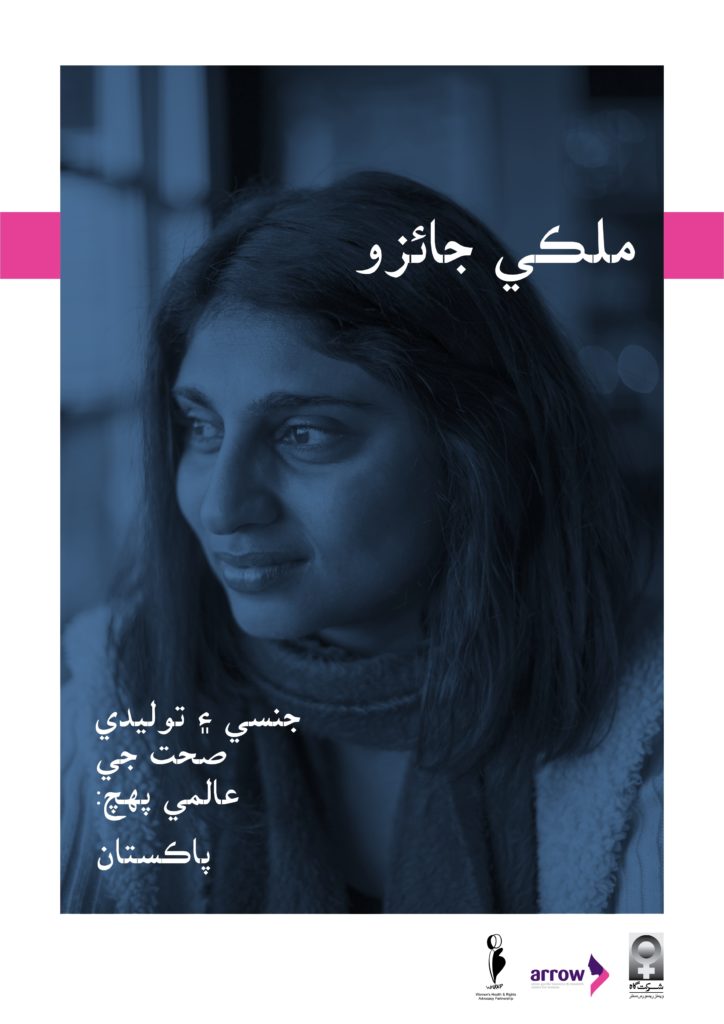Pakistan launched its family planning programme in mid-1950s. In 1990, the government launched a comprehensive Population Welfare Programme which became a major social action element in the provision of maternal and reproductive health services. Later, the government launched Family Planning and Primary Health Care programme (1994) and reached out to rural households through Lady Health Workers (LHW). In 2001, the cabinet approved a new National Health Policy which aimed to strengthen second and third tier health services and to promote the practice of good governance in health systems. In 2005, the federal ministry of health launched the National Maternal, Neonatal and Child Health (MNCH) program. This programme primarily aimed to reduce maternal mortality and infant mortality. Yet, a decade later, achieving the MDGs and ICPD Programme of Action (PoA) commitments looks like a distant dream for Pakistan.
According to Pakistan Millennium Development Goals Report 2013, Pakistan still has a very high maternal mortality ration (276). The report also reveals that progress on indicators such as proportion of births attended by skilled birth attendants, contraceptive prevalence rate, and total fertility rate has been dismal. Internal and external challenges such as lack of a solid financial infrastructure to ensure universal provision of health services, poor monitoring and evaluation mechanism of existing systems, political changes and fading commitments by the governments plagued Pakistan’s progress in the area of sexual and reproductive health services.
The current publication is the Sindhi translation of the Country Profile on Universal Access to Sexual and Reproductive Health: Pakistan. To go to the English version, click here.


